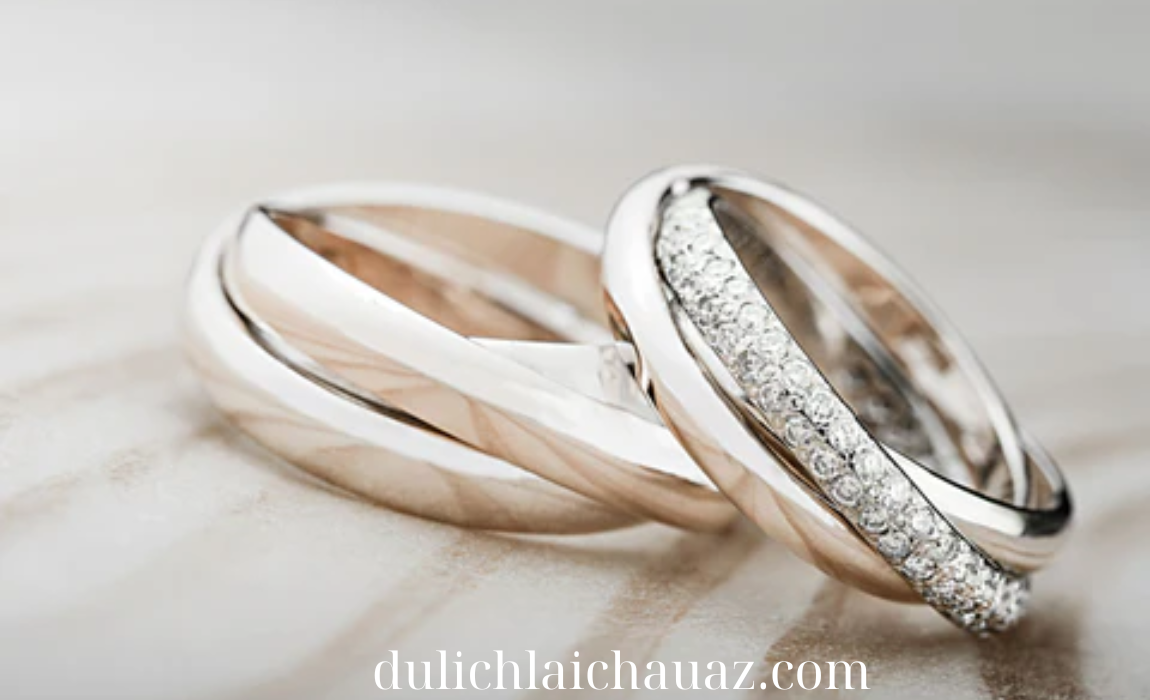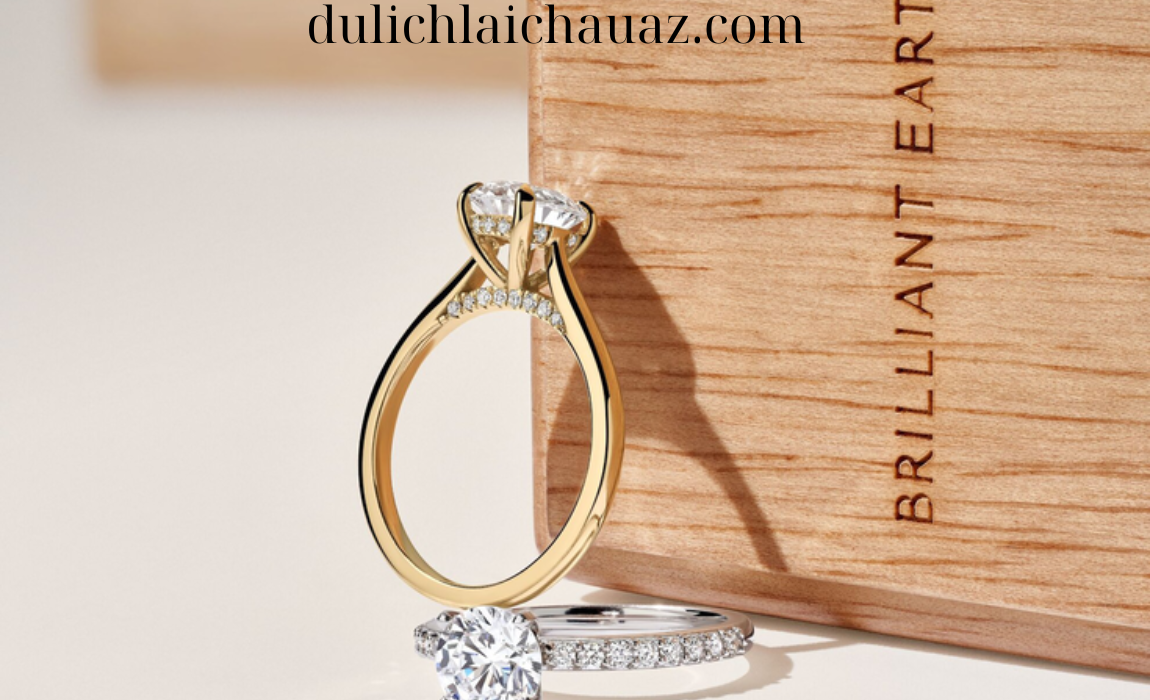Expert Selection Tips: How to Choose the Ideal Engagement Ring
Choosing the perfect engagement ring is a significant and personal decision that requires careful thought and planning. Whether you’re shopping solo or with your partner, finding the ideal ring can be an exciting yet daunting experience. From understanding diamond quality to selecting the right style, here are expert tips to help guide you through the process of choosing an engagement ring that perfectly symbolizes your love.
1. Determine Your Budget
Before diving into the vast world of engagement rings, establish a clear budget. It’s essential to know how much you’re comfortable spending, as the price of a ring can vary significantly depending on the size, quality, and material of the stone and band. While traditional advice suggests spending three months’ salary on an engagement ring, the most important factor is finding something that aligns with your financial situation.
Expert Tip:
Focus on what feels right for you rather than following any rules about how much to spend. Many jewelers offer flexible payment plans if needed.
2. Understand the 4 Cs: Cut, Color, Clarity, and Carat
When selecting a diamond, understanding the “4 Cs” is crucial. These factors determine the quality and value of the diamond:
- Cut: Refers to how well the diamond has been shaped and faceted. A good cut enhances the diamond’s brilliance and sparkle. Even a smaller diamond with an excellent cut will shine brighter than a larger diamond with a poor cut.
- Color: Diamonds are graded on a scale from D (colorless) to Z (light yellow or brown). The closer a diamond is to being colorless, the higher its value.
- Clarity: Measures the presence of internal flaws (inclusions) or external imperfections (blemishes). The fewer the flaws, the higher the clarity grade.
- Carat: Refers to the weight of the diamond. While larger diamonds are more expensive, focusing on cut and quality can make a smaller diamond look more impressive.
Expert Tip:
Consider balancing the 4 Cs to match your priorities. For example, if sparkle is most important, prioritize cut over carat size.
3. Choose the Right Metal for the Band
Engagement rings are available in a variety of metals, and the choice of metal can greatly impact the overall look and feel of the ring. Common options include:
- Platinum: Known for its durability and hypoallergenic properties, platinum is a popular choice for engagement rings.
- Gold: Available in yellow, white, and rose gold, this classic metal offers a variety of options depending on the style preference.
- Palladium: A less common but equally durable option, palladium is similar to platinum but often more affordable.
- Sterling Silver: Typically more budget-friendly, silver can be a stylish option, though it may require more maintenance over time.
Expert Tip:
Choose a metal that complements your lifestyle. If durability is key, platinum or white gold are great options for daily wear.
4. Pick a Setting That Matches the Stone
The setting of an engagement ring refers to how the diamond is mounted on the band. Popular settings include:
- Solitaire: A classic and timeless choice, the solitaire setting features a single diamond, allowing the stone to take center stage.
- Halo: In this setting, a central diamond is surrounded by smaller diamonds, adding extra sparkle and making the center stone appear larger.
- Pavé: Small diamonds are embedded along the band, creating a shimmering, continuous sparkle.
- Three-Stone: This setting features two smaller diamonds on either side of the center stone, symbolizing the past, present, and future.
Expert Tip:
Select a setting that enhances the beauty of the diamond while reflecting the personality and style of the wearer. Halo settings are ideal if you want to add sparkle without increasing the center stone’s size.
5. Consider the Ring Style and Personal Taste
Think about the recipient’s style preferences. Do they prefer classic and timeless pieces, or are they more inclined toward modern and unique designs? Consider whether they’d prefer something understated, like a solitaire diamond, or a more elaborate style like a vintage or art deco-inspired ring. If you’re unsure, it can be helpful to observe the jewelry they currently wear or consult their close friends or family.
Expert Tip:
If you’re uncertain about their preferences, opt for a classic style that can be customized later, such as a simple solitaire that can be upgraded with a more intricate band or setting.
6. Get the Correct Ring Size
Before purchasing the ring, ensure that you have the correct size. This can be tricky if you’re planning a surprise proposal, but there are a few ways to discreetly find out. You can borrow one of their existing rings (preferably one worn on the ring finger) and take it to a jeweler for sizing, or ask a friend or family member for assistance.
Expert Tip:
If you’re in doubt, it’s better to size up slightly. Resizing down is generally easier than making the ring larger.
7. Consider Alternatives to Diamonds
While diamonds are the traditional choice for engagement rings, more couples are opting for alternative gemstones to reflect their unique style. Sapphires, emeralds, and rubies are beautiful and durable alternatives to diamonds. Some couples even choose colored diamonds for a more distinctive look.
Expert Tip:
If you’re considering a gemstone other than a diamond, make sure it’s durable enough for daily wear. Harder gemstones like sapphires or rubies are better suited for engagement rings.
8. Think About Long-Term Maintenance
Engagement rings require proper care to maintain their beauty and durability. Platinum and gold are both durable metals, but they can still scratch over time. Similarly, diamonds are tough but not indestructible. Regular cleaning, maintenance, and checking the security of the setting are essential.
Expert Tip:
Consider purchasing a warranty or insurance to cover any potential damage or loss. Professional cleaning every six months can also keep the ring looking its best.
Conclusion
Choosing the ideal engagement ring involves a balance of budget, design, and personal taste. By focusing on the 4 Cs, selecting the right metal and setting, and keeping the recipient’s style in mind, you can find a ring that perfectly symbolizes your love and commitment. Whether you opt for a traditional diamond or a unique gemstone, the most important aspect is choosing a piece that feels meaningful and special to both of you.
Happy ring shopping!














Post Comment